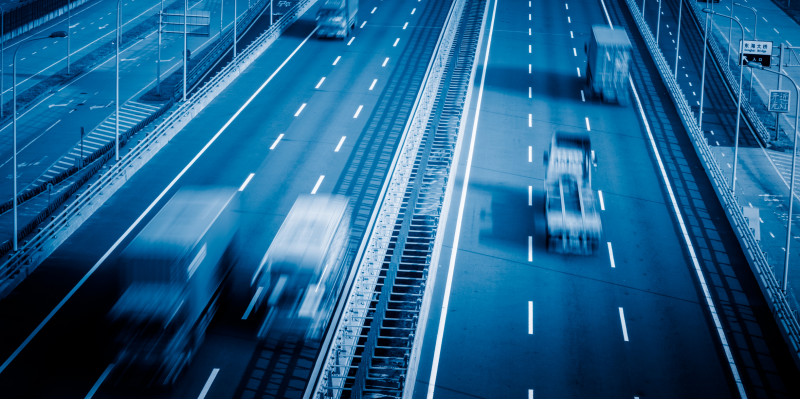HGV toll
A distance-based toll has been in effect for HGV only. Its environmental steering effect should be increased by linking the amount of the toll more closely to the costs which traffic incurs to the environment and health. UBA recommends extending the toll to all roads and to cover vehicles weighing upward of 3.5 tonnes GVW instead of the 7.5 tonnes in effect up to now.
Coach toll
There is no sound reason for the exemption of coaches from the toll. The introduction of a distance-based coach toll is consistent with the polluter-pays principle and would be a better way of charging for infrastructure and environmental costs.
Car toll
The distance-based toll for cars has great potential to contribute to the sustainable financing of transport infrastructure in the medium term. Research and development work should therefore begin now. However, introduction of the toll will be meaningful only if the collection costs can be reduced compared with the status quo and once data privacy issues have been resolved.
 Click to enlarge
Click to enlarge
